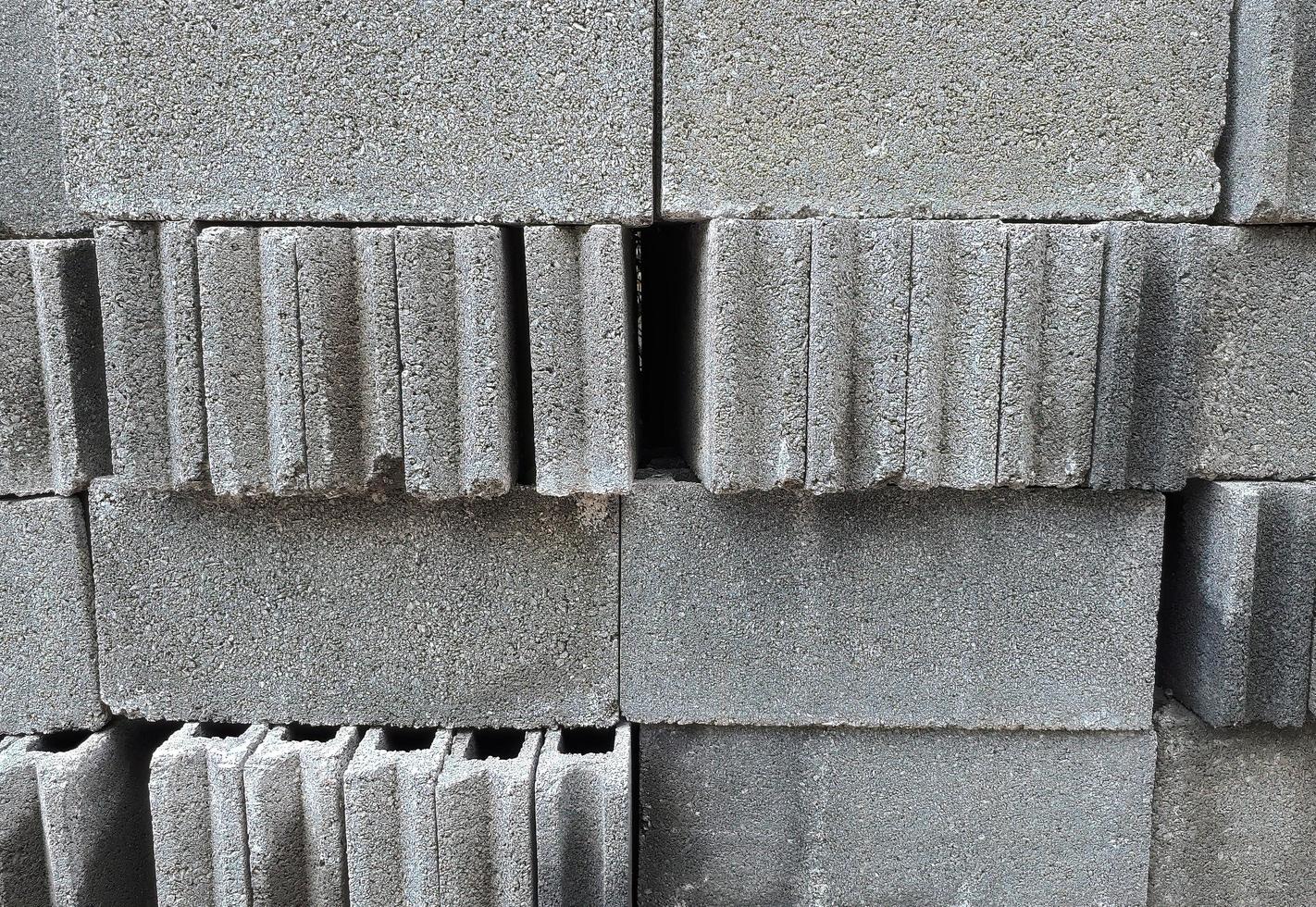The Future of Construction: Sustainable Materials and Green Building Practices
Sustainable building materials are those that reduce the negative environmental impacts of buildings. Additionally, they offer benefits in terms of durability and energy efficiency.
Reusing and recycling materials is a further important aspect of a sustainable construction. Recycling steel, wood and paper are all examples. Also, it involves using renewable energy sources such as solar panels as well as geothermal systems.
Environmental Protection
Construction requires a significant amount of resources, as well as generating lots of waste. To reduce its environmental impact the use of sustainable construction methods and practices are in development. Recycling and using sustainable materials is a way of doing this.
The most popular green construction material is the ferrock. It’s a product made from waste materials including steel dust as well as ground-up glass. The material is also well-known because of its capacity to cut down CO2 emissions. It has a positive environmental impact. Bamboo is another sustainable material which is used for decorative and structural purposes. The material is widely available in many areas, and it’s easy to use.
Bio-bricks made of green charcoal are another environmentally friendly alternative. It’s composed of soil, carbon and organic luffa fibre. This assists in cooling the building’s temperature, and it also enhances air quality. Also, they reduce energy usage, and noise.

Benefits
Building materials that are eco-friendly have many benefits. These eco-friendly building materials don’t just cut down on the carbon footprint of the building, but also reduce the cost of administration as well as maintenance. What’s more, they are able to be utilized without having to compromise on performance or quality.
Reduced waste is another way sustainable construction helps to protect the earth. A lot of eco-friendly building materials are made from recycled or recycled materials, allowing them to be easily broken down and reused. This reduces waste from landfill and increases the demand for natural resources.
Bamboo, straw bales, and the reclaimed wood are a few the most widely used eco-friendly resources. Others like ferrock, that is made of recycled steel, and green charcoal bio-bricks that are created from sewage sludge charcoal and ash are now becoming more popular as well. They’re easily available as well as cost effective. They are also easy to maintain and don’t contain any harmful chemical substances.
Apps
Sustainable building materials help to create the environment by reducing the carbon footprint of structures made of their materials. These are durable as well as lighter and more efficient than those used in traditional construction. They also look attractive and aid in pushing current construction practices towards a more sustainable and environmentally friendly future.
The durability of a building material is dependent on its cycle, which includes the process of extraction production, usage, and disposal. That includes transportation, energy and costs.
A lot of eco-friendly building materials are locally sourced or manufactured using less energy in transport and processing. The majority of these eco-friendly products are resistant to moisture and/or non-toxic. Sheep’s Wool is a fantastic and highly efficient insulation material that requires minimal energy to produce compared with synthetic substances.
Rammed earth, a type consisting of a mixture of straw, soil and sand, is another ecologically friendly substance that is often employed in the building of buildings gia da 1×2. It’s a technique of construction that has been used for centuries that is now gaining popularity in the sustainable building world. The other eco-friendly building materials are recycled steel and reclaimed wooden.
Future Trends
The use of green products is a method to minimize the environmental impact of the building industry. They are also long-lasting as well as efficient.
A lot of construction experts are focusing on eco-conscious building practices. They save cost, and also meets demands from consumers to build more sustainable residences.
The market for green building materials is growing fast, and it’s expected to continue to increase in the coming years. Green construction is driven by many different elements, like the growing environmental concern, an increased the demand for more energy-efficient buildings and accessibility to sustainable finance.
Innovating technologies make it easier for contractors to integrate sustainable building materials in their construction projects. 3D printing is one of the ways to make sustainable construction materials free from the risks of human error. The method is also based on recycled materials in order to minimize material waste. Recycled steel and reclaimed timber are also sustainable materials. They are also resistant to natural elements like floods and earthquakes.
